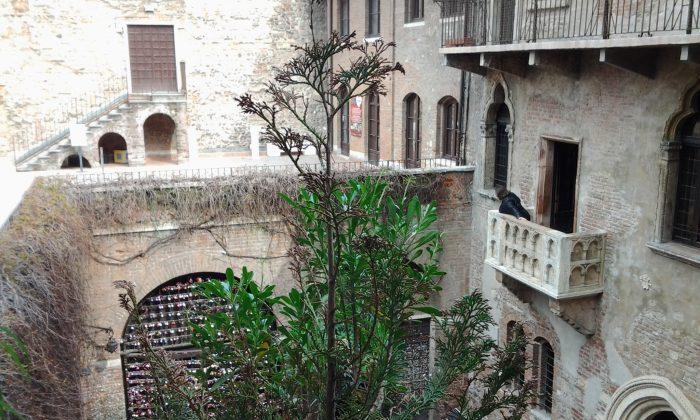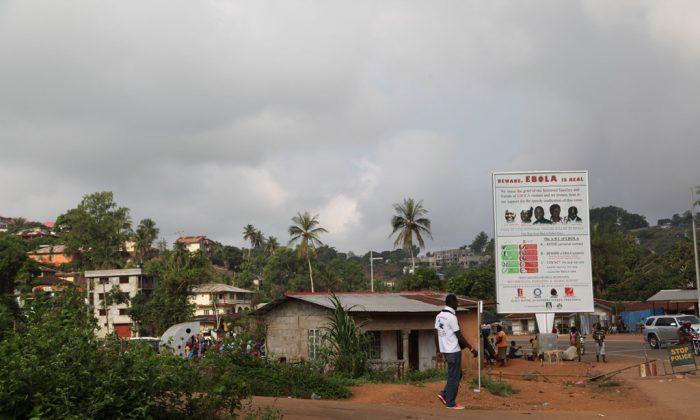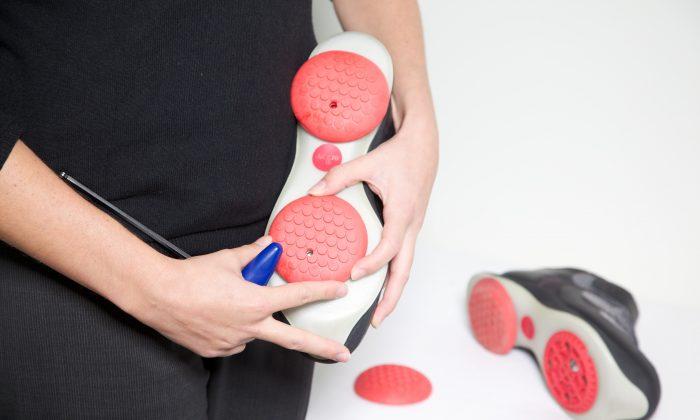Verona, Italy, known as the city of Romeo and Juliet, is a romantic picturesque medieval town in northeast Italy with so much to explore.
I am gazing across at the dimly lit balcony where the star-struck lovers used to meet and am completely alone on this warm spring evening – alone in a courtyard that’s normally teaming with tourists, eager to add another love note to the over-scribbled wall under the arch.
I’m fortunate enough to be staying in the courtyard of Juliet’s house in Verona. The Sogno di Giulietta hotel (Juliet’s Dream) is the only other building within the courtyard and my room is right across from Juliet’s balcony. In the evenings the gates are closed to the public and guests are able to enjoy a private moment.
Verona is in the Veneto region of northern Italy and straddles the Adige River. It’s also a UNESCO World Heritage Site because of its many ancient Roman monuments. The historic centre is charming and compact, easily visited and enjoyed on foot, and brimming with medieval palaces, ancient ruins and Renaissance frescoes.
Eager to visit the Roman Arena, I take a stroll down Via Mazzini from Piazza Erbe near my hotel, towards Piazza Bra to the Arena. I glide along the large marble slabs of the pavement, feeling naughty as I pick up my first ice-cream of the day.
The Arena is the third largest in Italy and dates from around AD 30. It can seat around 25,000 spectators. The opera season runs each year from June to September. During the warm summer evenings, you can enjoy some of the most popular operas including Romeo and Juliet, Carmen and Turandot to name but a few.
As I emerge from the dank and spooky corridors into the bright sunlight of the auditorium, I can see preparations for this year are well underway. A group of students clap in unison to check out the acoustics, sending tinkling ripples around the theatre.
Flowers, cafés and aperitifs
Around the Arena in Piazza Bra, a delightful and colourful flower market is coming to life. I sit in one of the cafes in the sun and enjoy Verona’s favourite aperitif – the spritz aperol. It’s bright orange like the sunshine and comes with crisps and olives: just the refreshing pick-me-up you need when being a culture buff. Despite its bright, innocent appearance, beware – there is white wine or Prosecco within, which begins to conspire with the sun to make you woozy.
Backtracking to the gorgeous Renaissance Piazza Erbe, I admire the frescoes adorning the surrounding buildings and decide to climb the Lamberti Tower nearby to get a rooftop view.
Surprisingly, I’m the only person on this fine spring morning climbing the 368 steps to the top of this 12th century tower, and my breath and footsteps are the only sounds in my ears.
Vertigo begins to tighten its grip and Hitchcock’s film flashes through my mind. The bells are huge and it’s deafening to be standing next to them as they chime – both on the hour and every half hour. It’s worth climbing the 84 metres to the top as the aerial view is stunning.
Across the Adige River
The Lamberti Tower isn’t the only place to enjoy the scenery from on high, and I head across the Ponte Pietra to the other side of the river.
Entering a rather unassuming “portone”, I’m greeted by the sight of some of Italy’s most beautiful Renaissance gardens, the Giardino Giusti. The gardens are a wondrous collection of mythological statues, fountains, flowers and grottos, as well as one of the oldest labyrinths in Europe.
The few people wandering around are whispering to each other in hushed tones, not wishing to disturb the aura of peace and tranquility. The gardens are terraced, and as you stroll along the cypress-lined paths, the city across the river gradually reveals itself.
Apart from half a dozen belfry towers, no tall buildings spoil the skyline. It is as it would have been in medieval times with its terracotta and yellow hues. The belvedere at the top of the gardens is decorated with a towering carved monster. Legend has it that it emits tongues of fire from its mouth.
Also worth visiting on this side of the river is the Roman Theatre and archaeological museum. The well-preserved theatre dates back to the first century BC, but was built over by houses and churches, until a wealthy 18th century merchant called Andrea Monga excavated and re-discovered it. It’s also used for performances during the summer months.
Juliet’s tomb and Frescoes
While Juliet’s house and balcony are worth a fleeting visit, I found Juliet’s tomb, which also houses the Fresco Museum, much more interesting. It’s a short walk away from the city centre and displays a gorgeous collection of medieval and Renaissance frescoes. It’s a quiet spot with a peaceful little garden surrounded by porticoes – a place to sit a while and gather your thoughts before deciding where to head next.
I highly recommend a visit to Piazza dei Signori back in the centre, and specifically to the Impero Pizzeria in one corner of this charming square. Nicola is on hand to offer you a much needed spritz aperol and he has by far the best prosciutto in town. Juxtaposed with chunks of tasty parmesan, this is an ideal way to wind down your day and whet your appetite ahead of an evening meal.





Friends Read Free